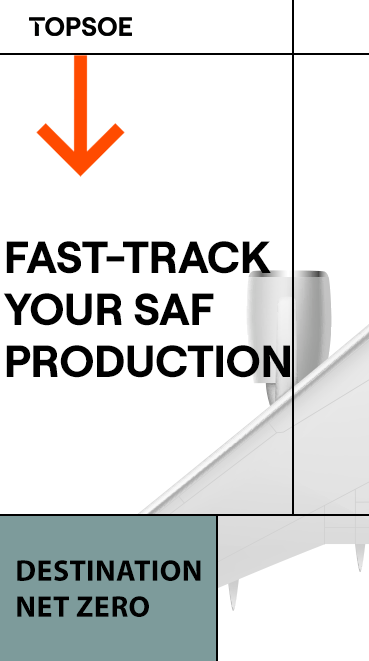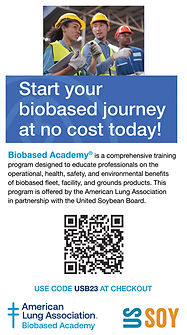ExxonMobil enters renewable diesel tech arena with EMRD

ExxonMobil Catalysts and Licensing LLC announced Sept. 1 that it has introduced a renewable diesel process technology, which the company is simply naming “ExxonMobil Renewable Diesel.” The oil giant said EMRD meets advanced cold-flow specifications while enabling high yields through use of the trademarked Bio-Isomerization Dewaxing catalyst technology, providing refiners and biofuel producers with “powerful dewaxing in both winter and summer modes.” ExxonMobil stated that “improved yields were demonstrated during testing of BIDW catalyst vs. other internally formulated zeolite-based alternatives.”
EMRD is a two-stage process in which hydrotreating and dewaxing are controlled separately, according to ExxonMobil. “Compared to a single-stage process, this approach provides higher diesel yields and superior control. Additionally, the EMRD process provides the potential to produce jet fuel as a secondary product with added fractionation.”
ExxonMobil is also developing a catalyst and process technology to offer those who license EMDR the flexibility to increase the amount of sustainable aviation fuel produced vs. renewable diesel, “due to significant interest in producing renewable jet fuel as a primary product,” ExxonMobil stated.
The company said EMRD can be used with various animal fats, vegetable oils and used cooking oils. According to the ExxonMobil website, “A separate hydrotreating step enables better control, optimization, and flexibility compared to a single stage process, with the ability to remove contaminants before the dewaxing catalyst.” It further states one advantage is “extended dewaxing catalyst lifetime due to customized conditions and contaminant control.”
Biobased Diesel Daily was awaiting a return call from the ExxonMobil media team for more information at the time of publication.






















-RKstandin.jpg)
_gif.gif)




